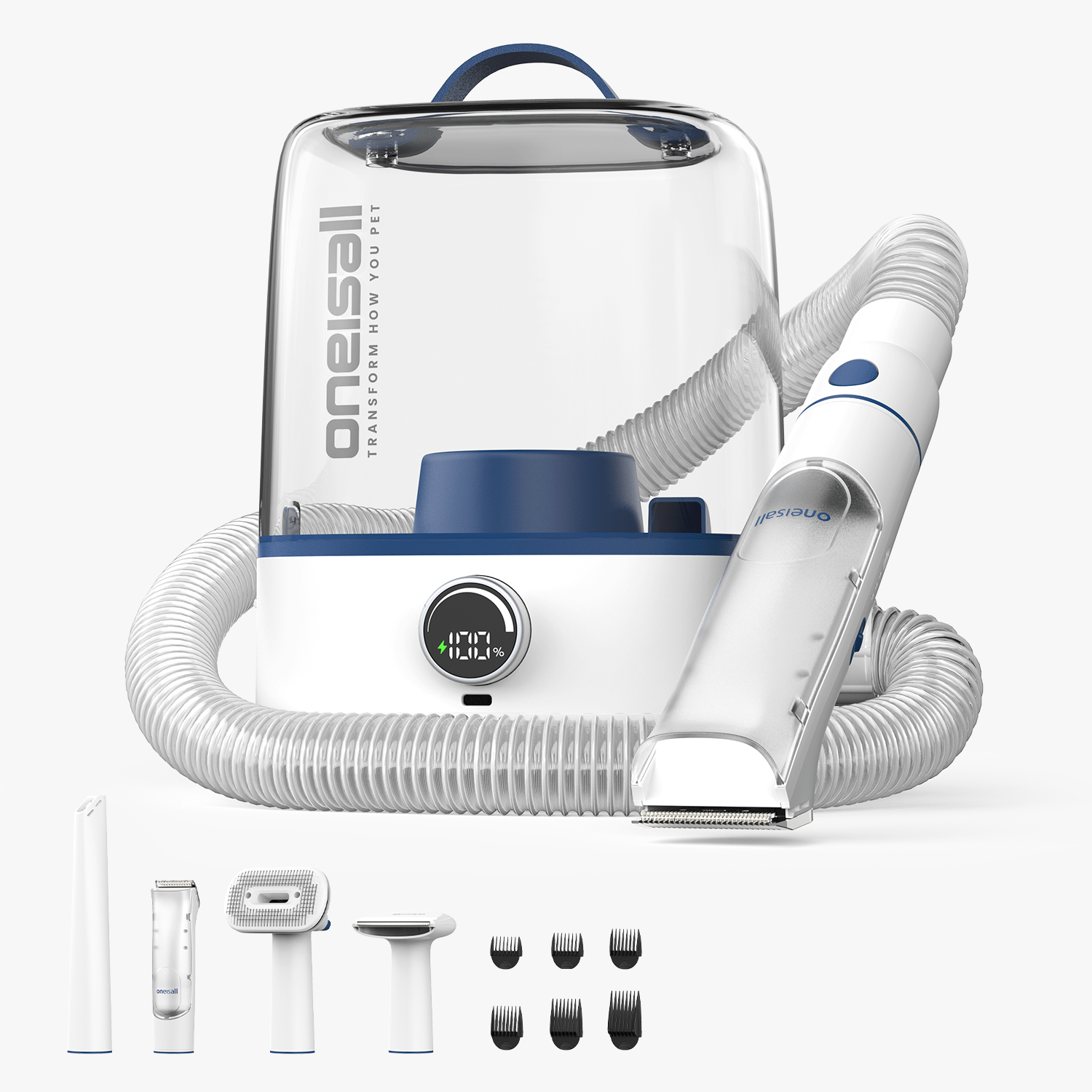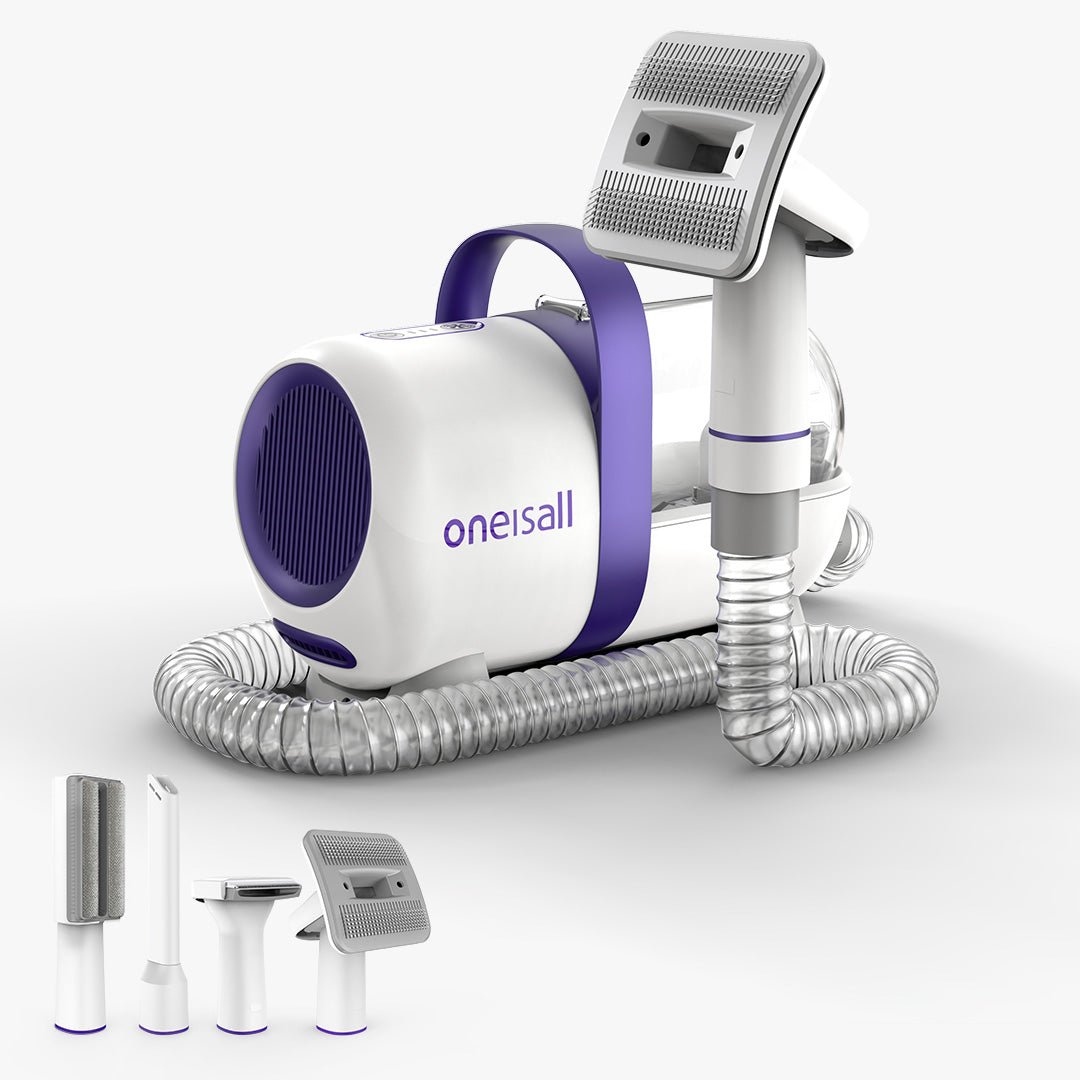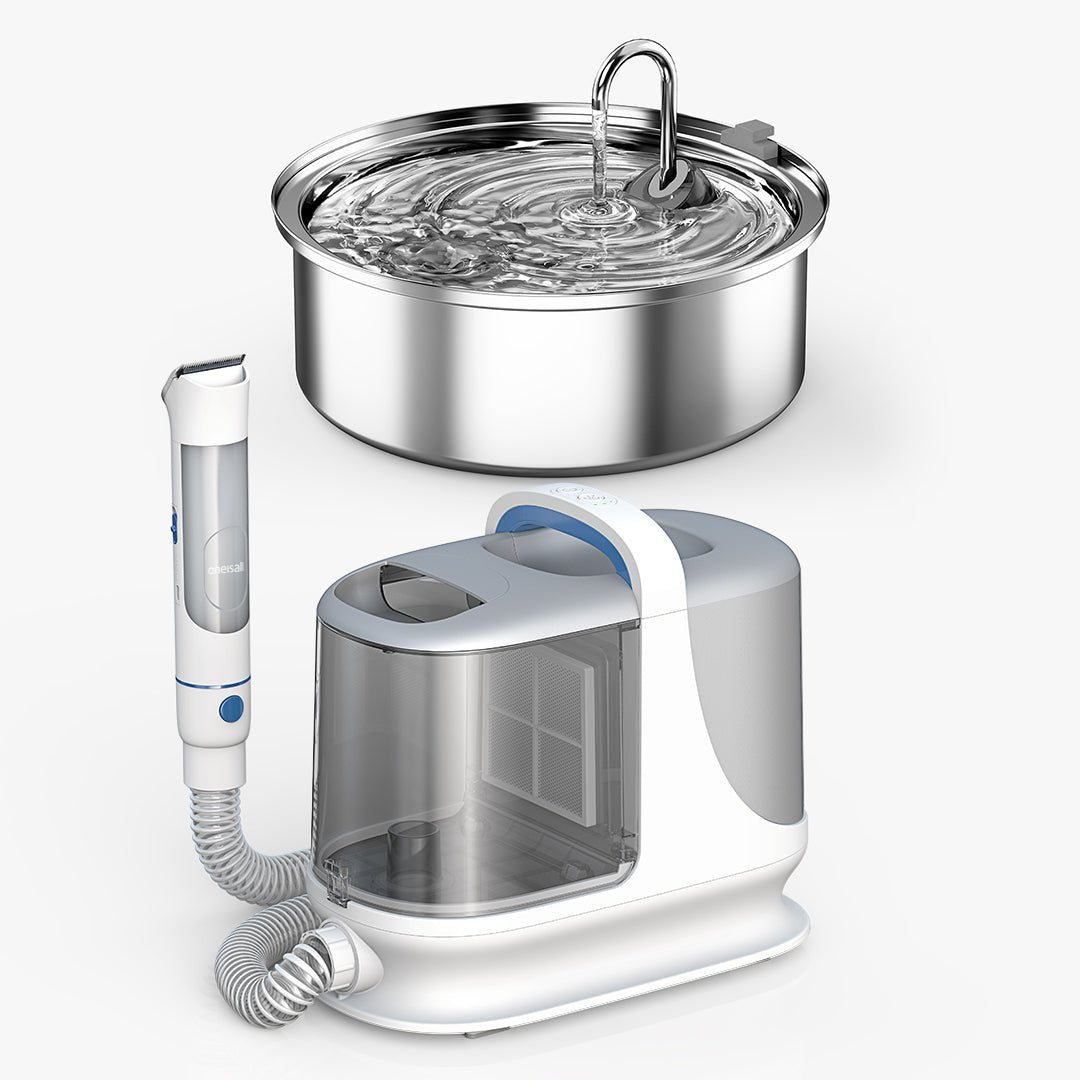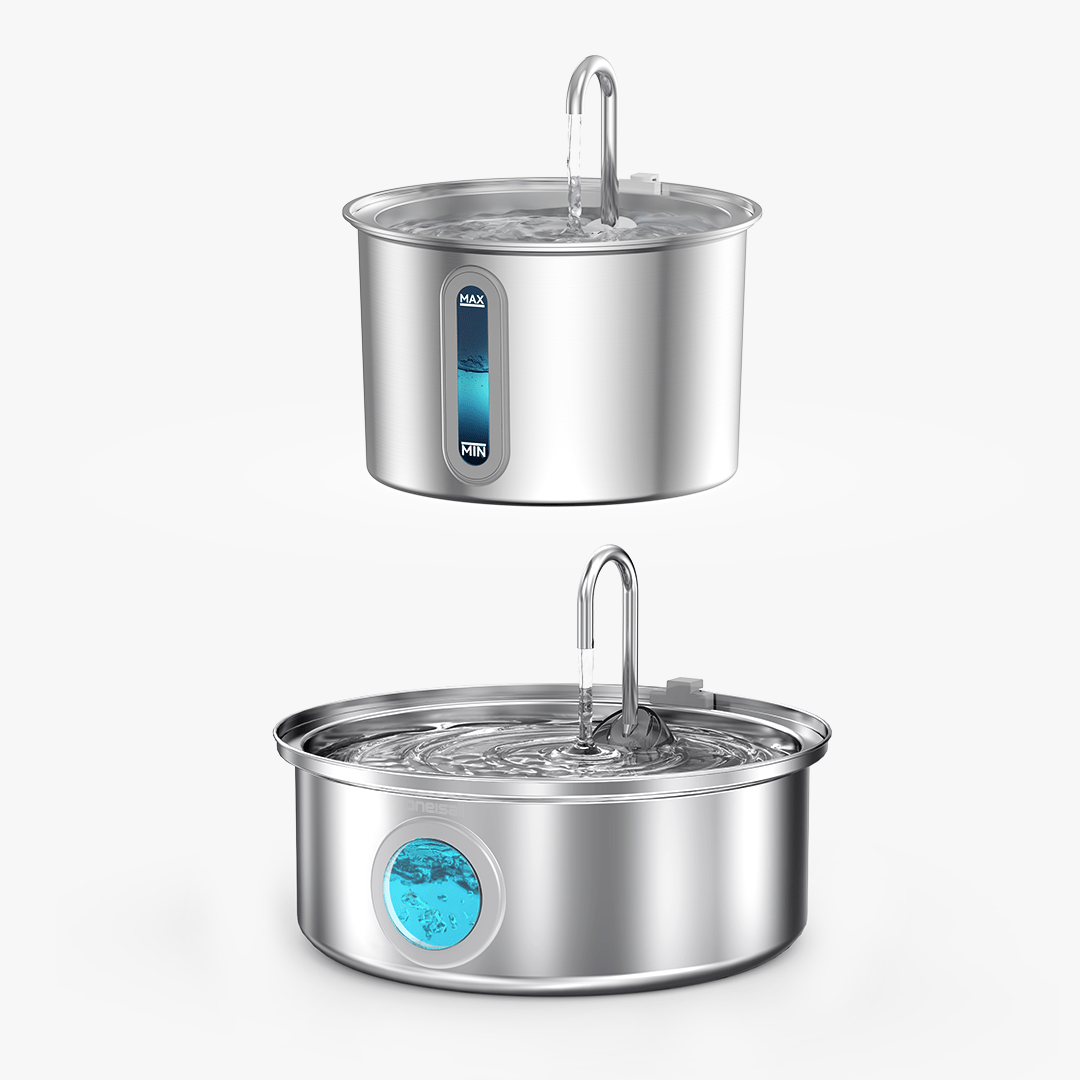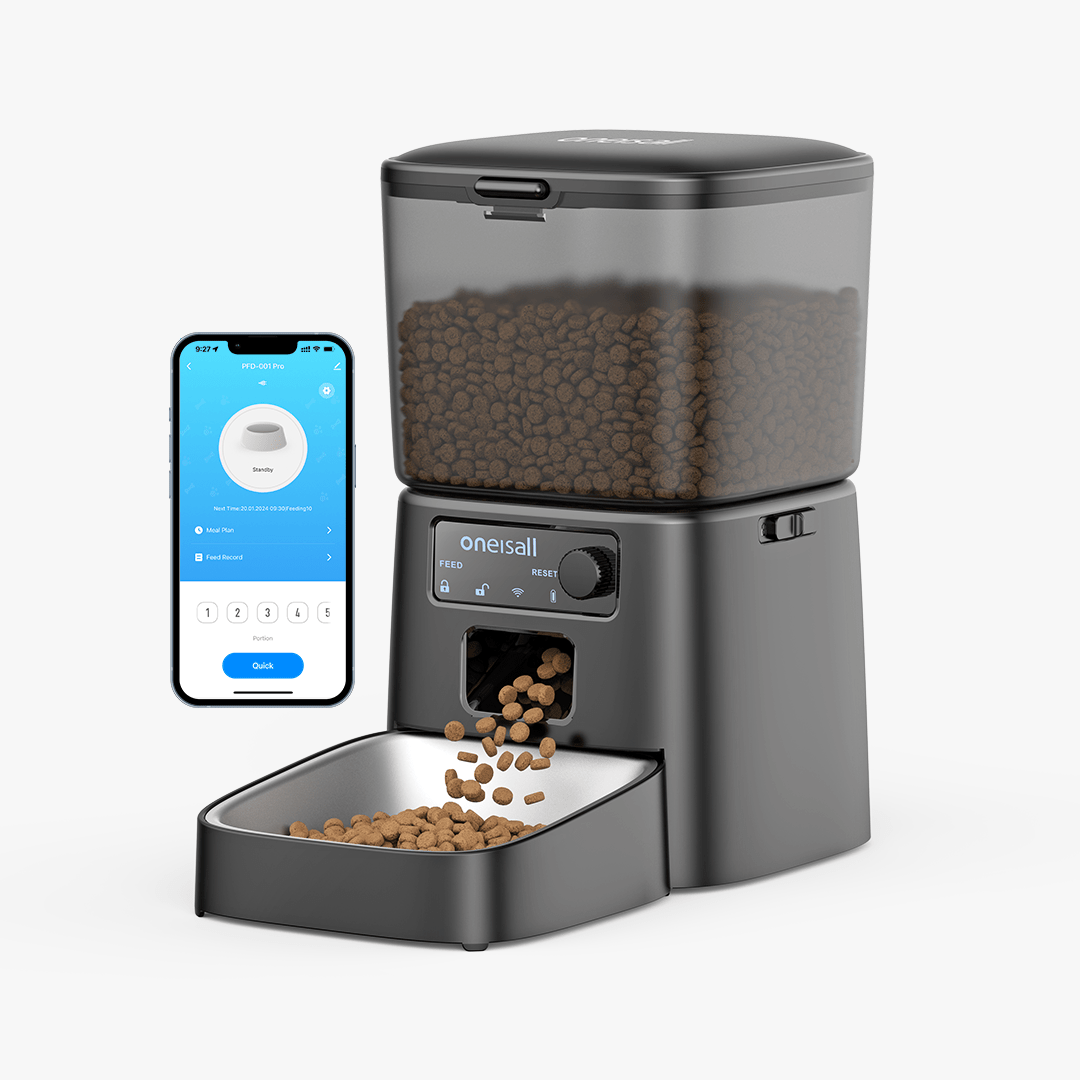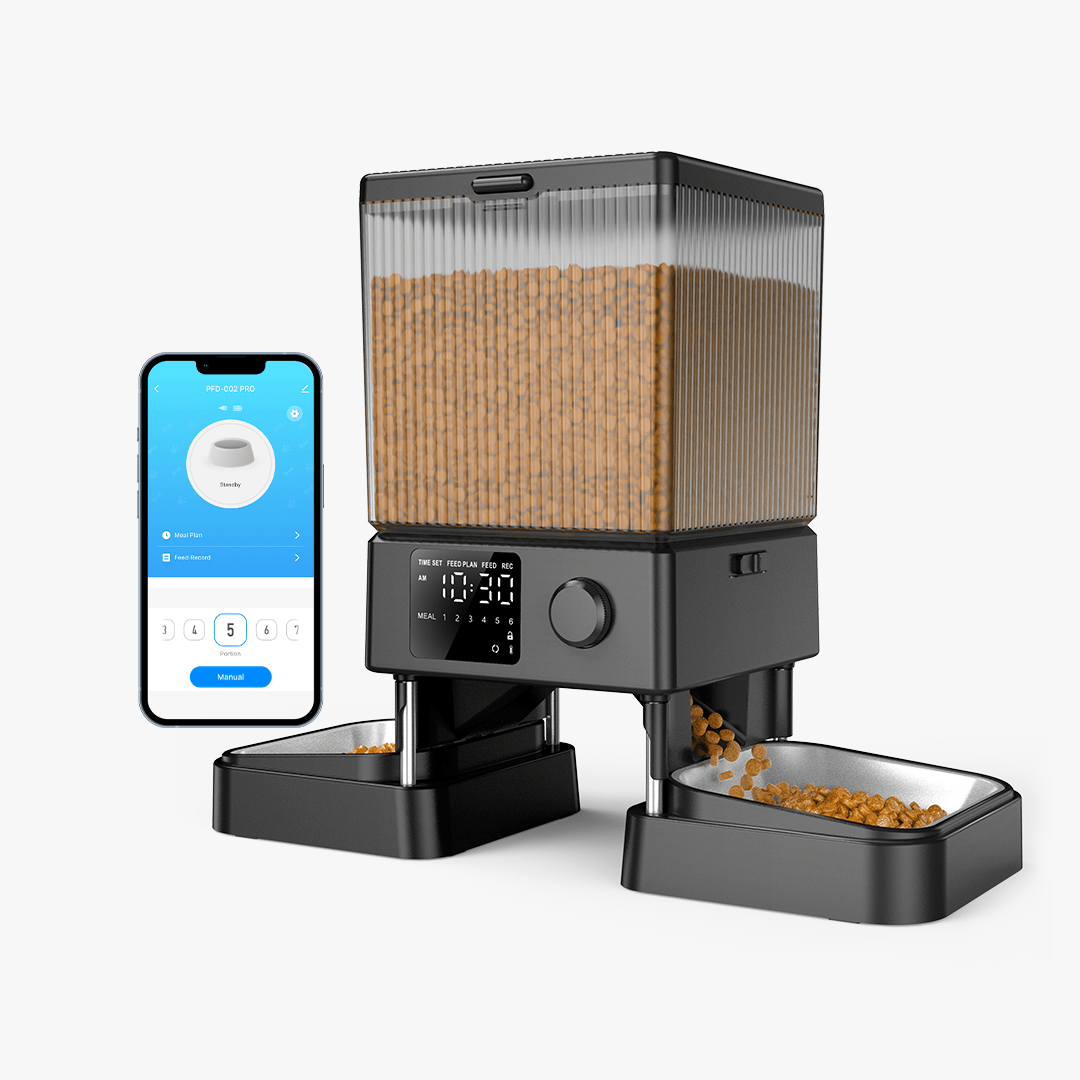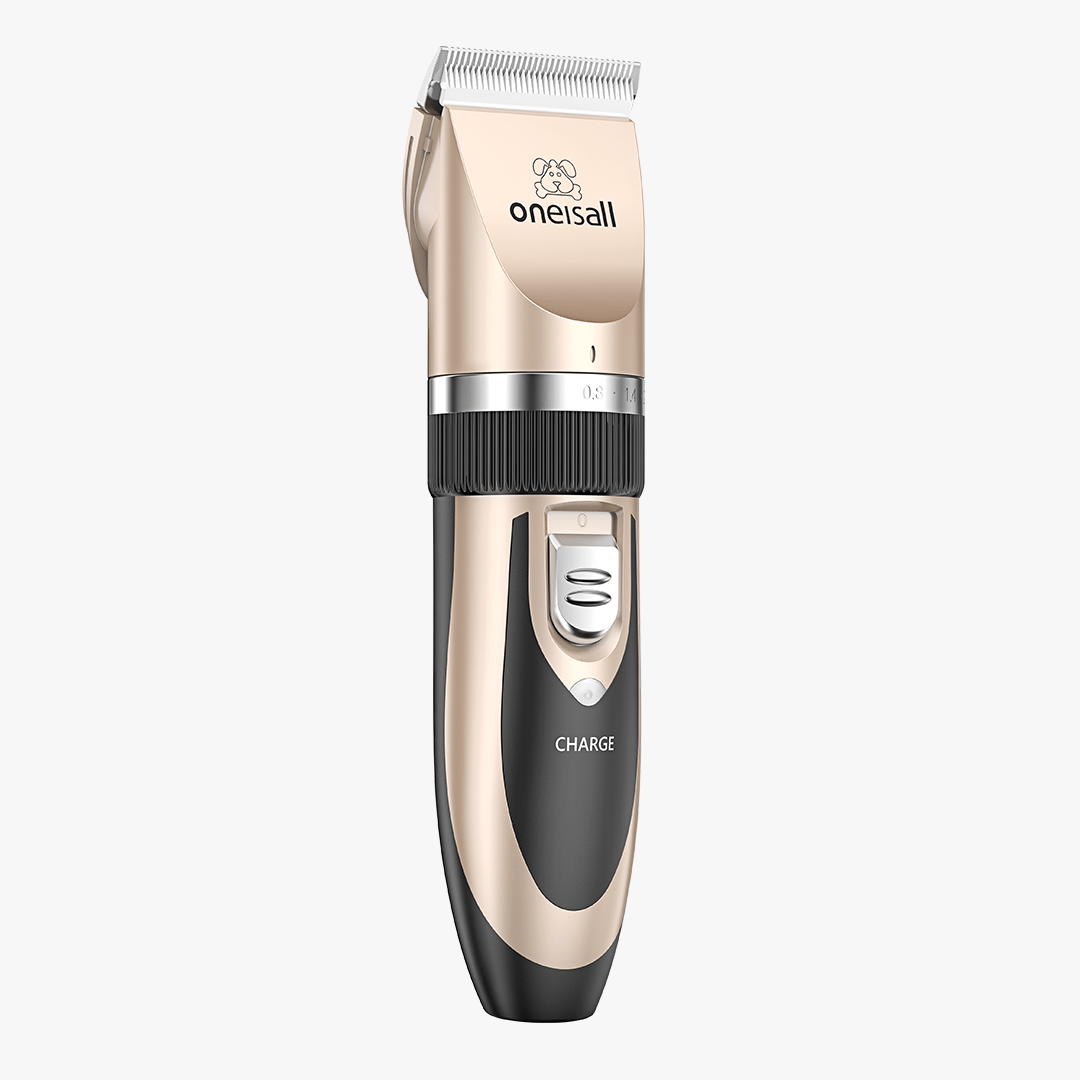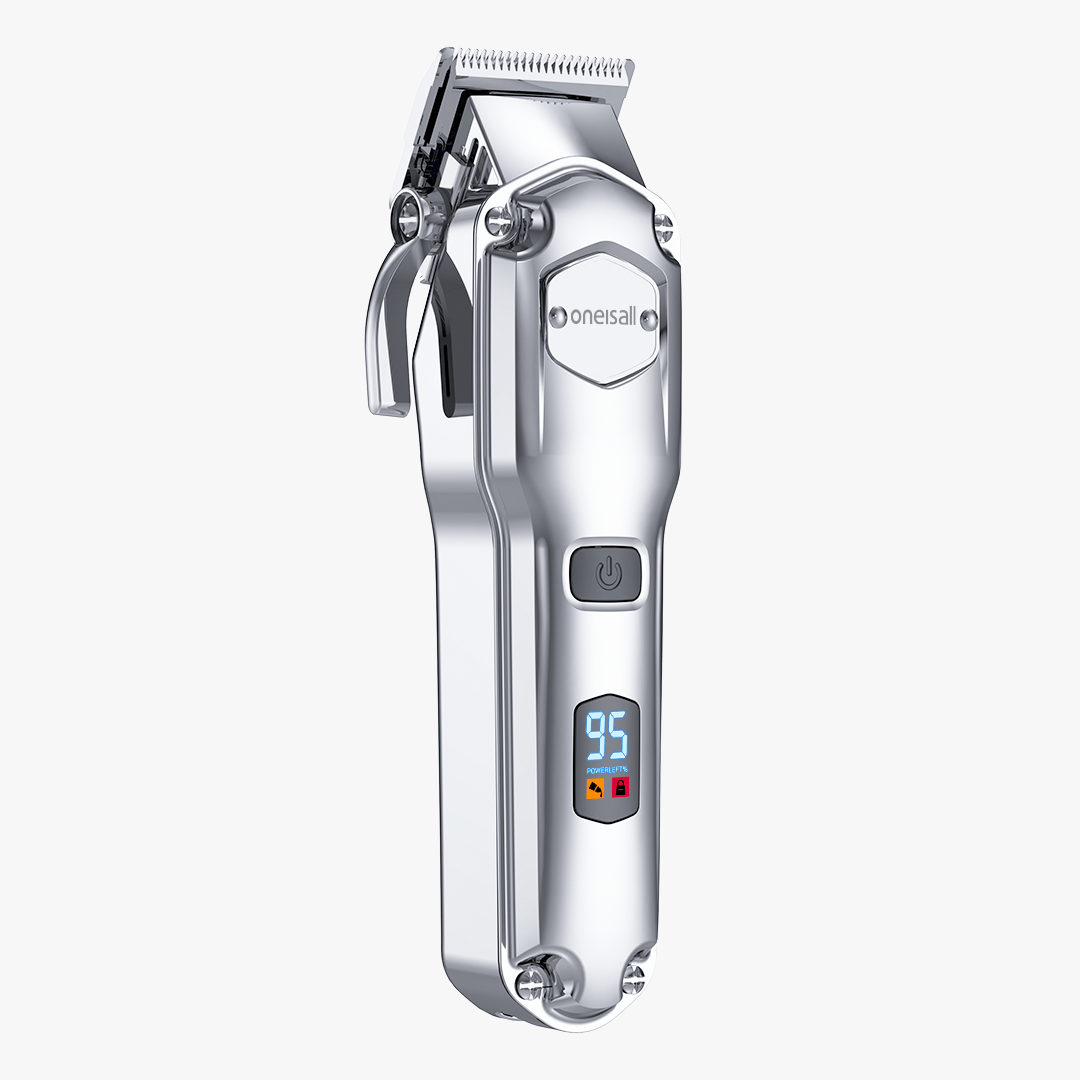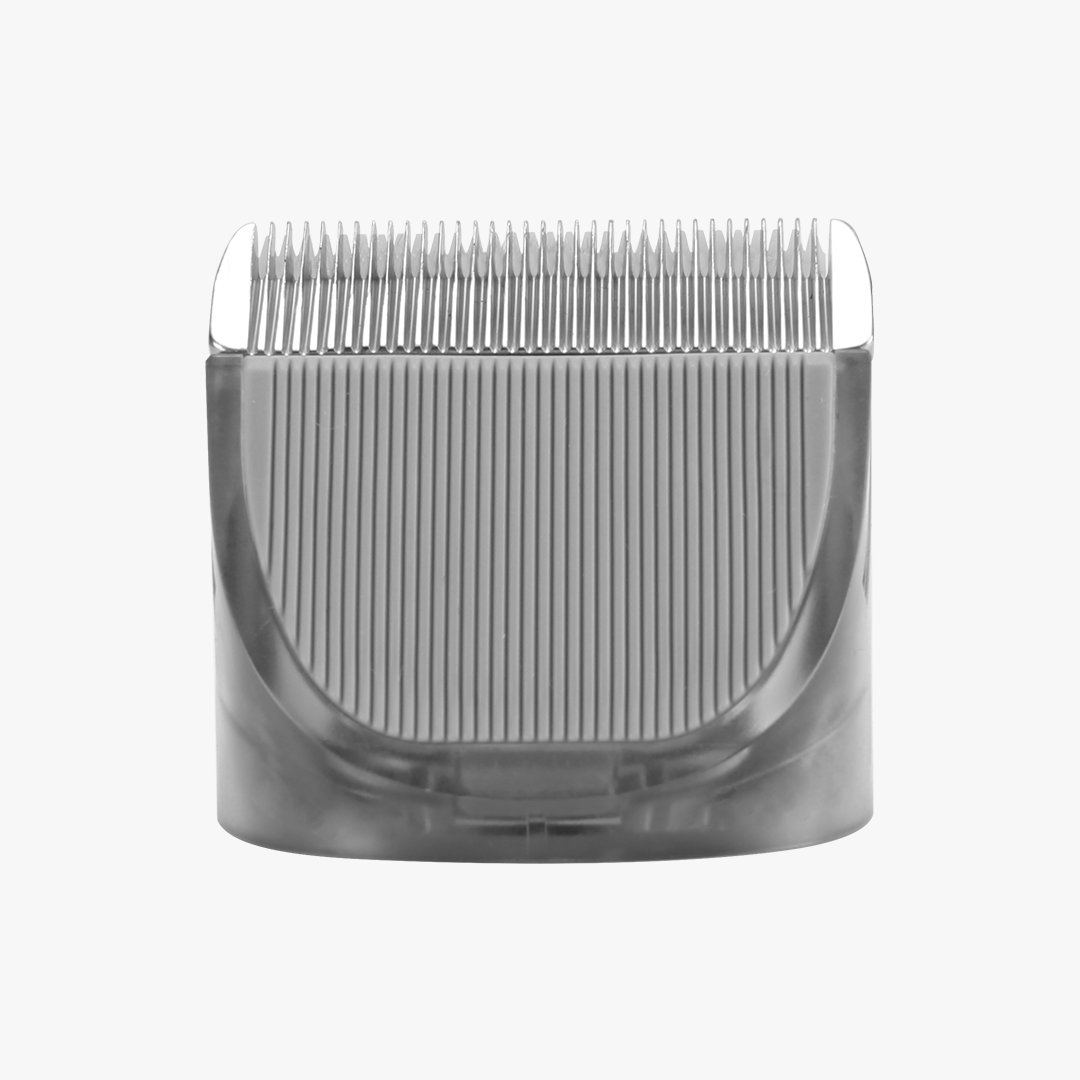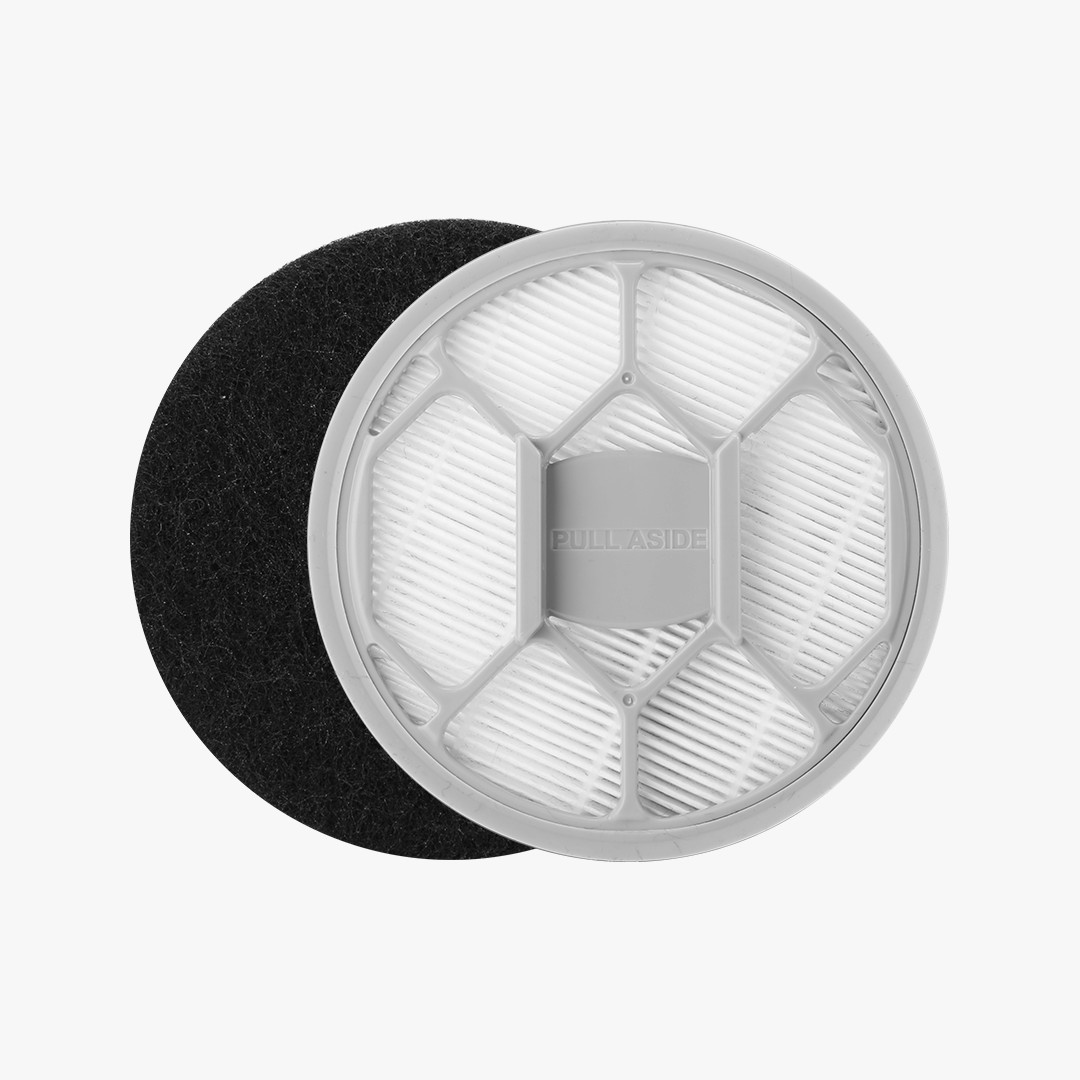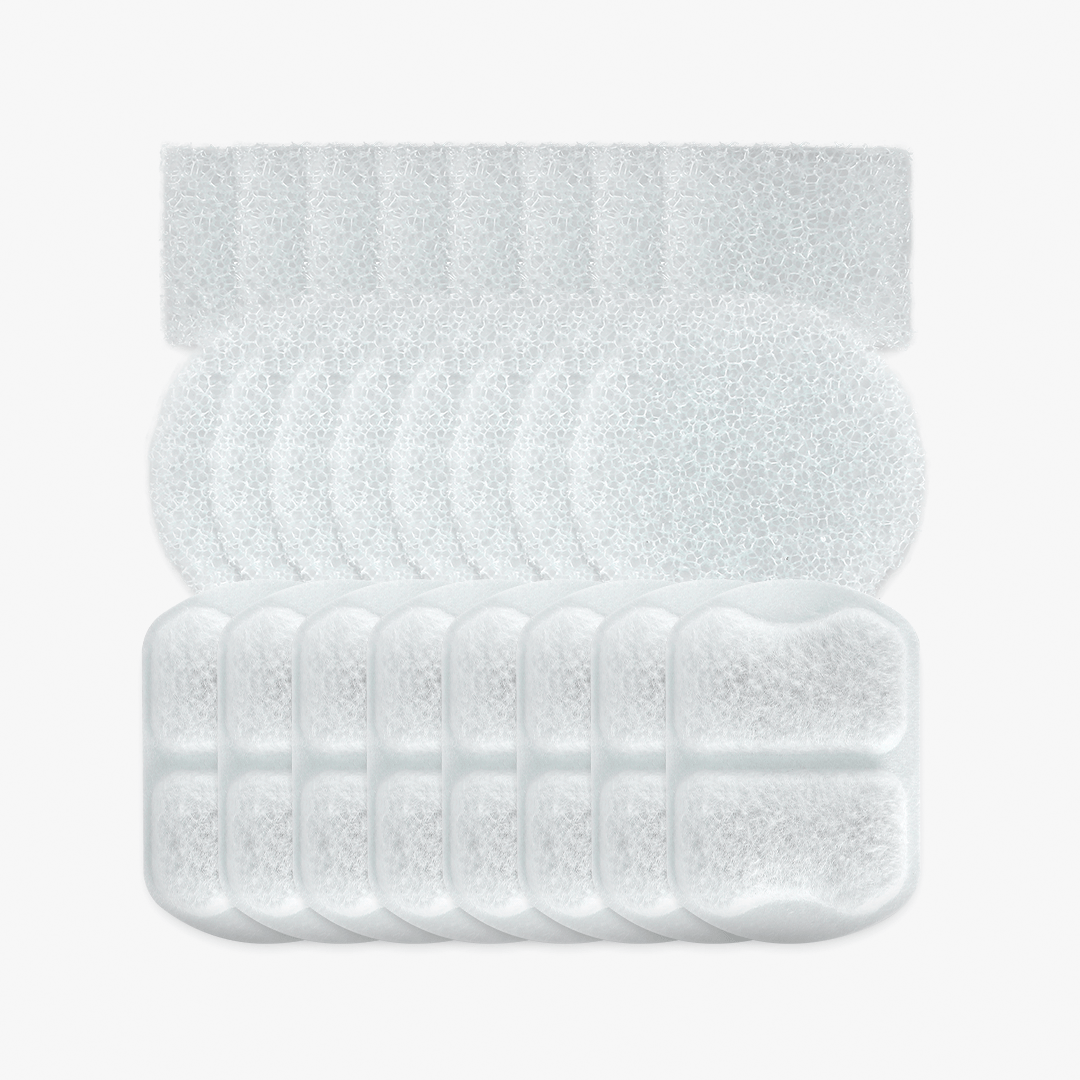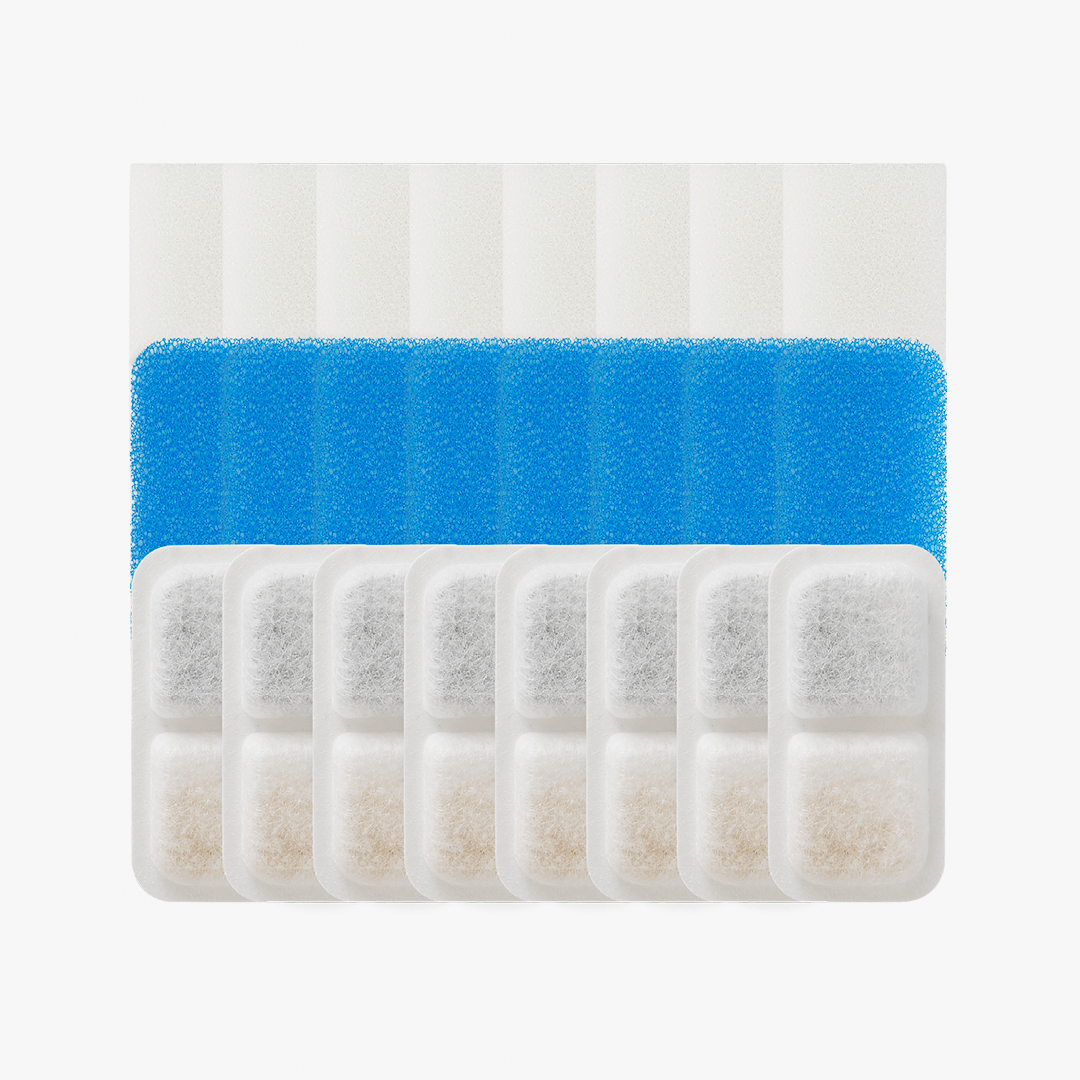How does an automatic dog feeder work?

They typically feature compartments or a hopper to store food, controlled by a timer or schedule set by the owner.At the designated time, the feeder releases a pre-measured portion of food into the dog's bowl.
Types of Automatic Dog Feeders
Automatic dog feeders come in a variety of styles, each designed to cater to different needs and preferences. Whether you're looking for simplicity, precision, or advanced features, there's an automatic dog feeder for you. Here are the most common types, along with their unique advantages and considerations:
Gravity Feeders
Gravity feeders are the simplest and most straightforward type of automatic dog feeder. As the name suggests, these devices rely on gravity to release food into the dog’s bowl as it is consumed.
How They Work
Gravity feeders use a large reservoir that holds the dry dog food. The food is dispensed into the bowl as your dog eats, thanks to gravity pulling food from the storage compartment into the bowl below. The feeder's design typically includes a wide opening at the bottom to ensure that the food flows easily when the bowl is emptied.
Pros
-
No Power Required: Since gravity feeders don’t require batteries or electrical power, they’re easy to maintain and highly portable.
-
Low Maintenance: With fewer mechanical parts, gravity feeders are simple to clean and less prone to malfunctions.
-
Ideal for Free-Feeding: They are excellent for dogs who prefer to eat throughout the day and don’t require strict portion control.
Cons
-
Lack of Portion Control: These feeders are not designed for precise portion control, making them unsuitable for dogs that require a strict diet or feeding schedule. Overeating can be an issue if not carefully monitored.
-
Limited Control: You cannot program feeding times or portion sizes, which may not be ideal for dogs with health issues or specific dietary needs.
Programmable Feeders
Programmable automatic dog feeders are a step up from gravity feeders, offering greater control over feeding times, portion sizes, and feeding frequency. These feeders allow you to set a feeding schedule in advance and regulate the amount of food dispensed at each meal.

How They Work
Programmable feeders typically have an integrated timer and an adjustable portioning system. You can set specific times for feeding (e.g., morning, afternoon, evening) and program how much food is dispensed at each meal. Some models even allow you to set different portions for each feeding session, which is perfect for dogs with varying nutritional needs.
Pros
-
Precise Portion Control: You can set exact portion sizes, which is beneficial for preventing overfeeding or underfeeding, especially for dogs with weight management or dietary restrictions.
-
Customizable Feeding Schedule: The ability to schedule multiple feedings throughout the day can help maintain a consistent routine for your dog, which is particularly useful for dogs that need to eat at regular intervals.
-
Convenient for Busy Owners: With a programmable feeder, you don’t need to worry about manually feeding your dog, making it easier for owners with tight schedules or those who are away from home for long periods.
Cons
-
Requires Power: Programmable feeders typically need a power source (batteries or electricity), and battery-operated models will require regular battery replacement or recharging.
-
More Complex: While programmable feeders are relatively easy to use, they do come with more components and settings compared to gravity feeders, which might be overwhelming for some pet owners.
Smart Feeders
Smart feeders are the most advanced type of an automatic dog feeder, incorporating technology and connectivity for more detailed control and monitoring of your dog’s feeding routine. These feeders allow you to control feeding schedules and portions remotely using your smartphone, and often integrate with other smart home devices.
How They Work
Smart feeders are typically connected to a Wi-Fi network and can be controlled through a mobile app or voice commands (e.g., via Alexa or Google Assistant). They offer a range of advanced features, including the ability to set feeding times, adjust portion sizes, track your dog’s eating habits, and even receive notifications when the feeder is dispensing food.
Some smart feeders come with built-in cameras that allow you to monitor your dog while they eat, while others offer voice recording features that let you communicate with your dog during feeding time. The feeder’s software can also store feeding logs, helping you track your pet’s eating patterns over time.
Pros
-
Remote Control and Monitoring: You can control feeding schedules, portion sizes, and more from anywhere using your smartphone, making it ideal for pet owners who travel frequently or work long hours.
-
Real-Time Updates: Many smart feeders send notifications to your phone when food is dispensed, so you can stay updated on your pet’s feeding routine, even if you’re not home.
-
Integrates with Other Smart Devices: Smart feeders often integrate with other smart home devices (like cameras or pet doors), making them an excellent choice for tech-savvy pet owners looking to automate more aspects of their pet care routine.
-
Meal Tracking and Analytics: The ability to track your dog’s meals over time can help you adjust their diet or detect any feeding-related health issues early.
Related Reading:Pros and Cons of Pet Water Fountains

FAQ
How is the feeder powered?
Most automatic dog feeders are powered byBattery, AC power, or acombination of both. Battery-powered models offer portability, while AC-powered feeders are generally better for long-term use.
How long do batteries last?
Battery life varies by model and frequency of use. Most feeders with batteries will last a few weeks to a few months before the batteries need to be replaced.
How complex is the setup process?
Setting up an automatic dog feeder is usually simple. Most devices come with simple instructions and you can have your feeder ready to use in minutes. Advanced models, especially smart feeders, may require additional setup, such as connecting to a Wi-Fi network.
Will the dog understand how to use it?
It may take some time for your dog to get used to using an automatic feeder, but most dogs will quickly learn to associate the sound of the feeder with mealtime.
Can it help my dog with weight control or special dietary needs?
Yes, many automatic feeders can provide precise portion sizes, which can aid in weight management. If your dog has special dietary needs, you can adjust portion sizes and feeding schedule accordingly.
Can it handle different types or sizes of dog food?
Most automatic feeders are designed to handle dry kibble, but some can accommodate larger chunks or specific types of food. Check product specifications to ensure compatibility with your dog's food.







